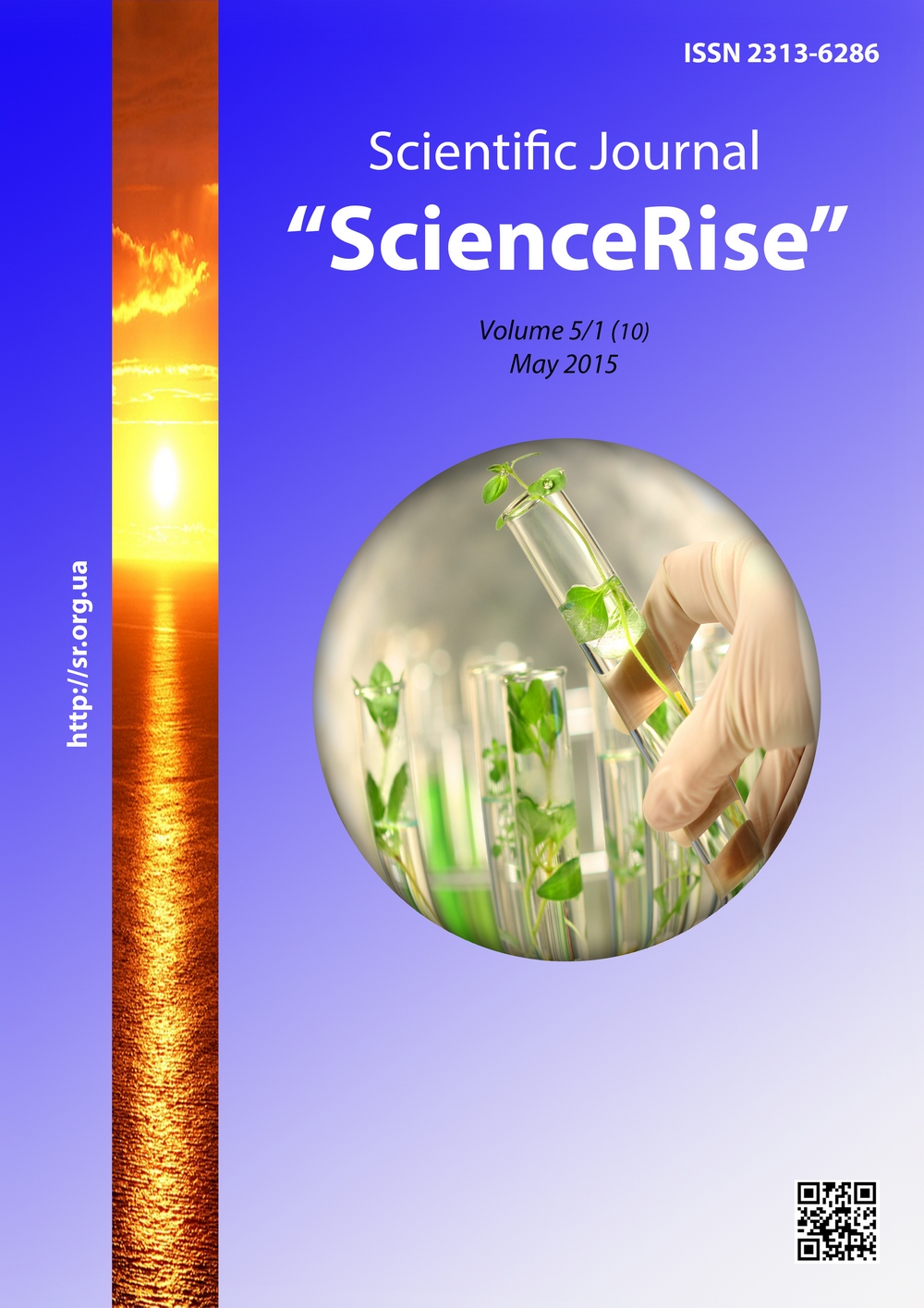Outlook on teaching school science for sustainable development
DOI:
https://doi.org/10.15587/2313-8416.2015.42797Ключевые слова:
developing curricula, school science, Science, Technology and Mathematics (STM)Аннотация
During the past few decades, resources have been allocated in many parts of the world for developing curricula in school science, which were directed to the need for more scientists that can promote national development. In the light of this, many developing country has emphasized the education of its citizens in Science, Technology and Mathematics (STM). This mode was reflected in the Nigerian National Policy on Education when it recommended an enrolment ratio of 60:40 in favour of STM and related courses in higher institution of learning (Federal Republic of Nigeria 2004). This guideline became necessary in order to boost our manpower development and researches in these professions. The role of STM in the development of a nation cannot be over emphasized as it is very important in solving a country’s problem. STM is the base for the overall development of a nation, the instrument for the orderly and ethical behaviour of it citizens
Библиографические ссылки
Amusan, O. O. C. (1992). Hints On the Teaching of Carbon Compounds of the Senior Secondary School Level. Journal of Science Teachers Association of Nigeria, 27 (2), 98–103.
Gallton, A., Jaihall; Brandt, R. E. (Ed.) (2000). Curriculum for the New Millennium. Educational in a New Era, U.S.A. Association for Supervision and Curriculum Development, 97–121.
Gobel, D. L., Samuel, K. U, Helgesons, Novak, J., Butsow, J. (1986). Research interests of secondary science teachers. Journal of Research in Science Teaching, 23 (2), 145–146. doi: 10.1002/tea.3660230206
Halah Saeed, B. A., Najah, A. A. (2010). Interdisciplinary Science and Developing Science Teaching. Conference Proceedings. 10th International Educational Technology Conference and Exhibition, Istanbul, 2.
Koleosho, A. (1991). A Strategy for Teaching the Concept of Relative Atomic Mass of an Element. Journal of Science Teachers Association of Nigeria, 27 (1), 139–142.
Nnadi, E. N. (1991). A Review of Some Uses of Computer Simulations in the Teaching of Physics Concepts at Secondary School Level. Journal of Science Teachers Association of Nigeria, 27 (X), 175–180.
Nwagbo, C. (1999). Effects of Guided Discovery and Expository Teaching Method on the Attitude towards Biology of Students of Different Levels of Scientific Literacy. Journal of Science Teachers Association of Nigeria, 34 (1&2), 43–66.
Nworgu, B. G. (2010). Research in Science Education in Nigeria: Conceptual, Methodological and Analytical Issues. Guest Lecture Delivered at the 2nd National Conference of The School of Sciences, Federal College of Education, Okene.
Osuafor, A. M. (1999). Extent of Use of Research Findings on Instructional Strategies in Science Education. Journal of Science Teachers Association of Nigeria, 34 (1&2), 107–112.
Sullivan, P., Mousley, J.(1994). Quantity Mathematics Teaching: Describing Some Key Components. Mathematics Education Research Journal, 6 (1), 4–22. doi: 10.1007/bf03217259
Загрузки
Опубликован
Выпуск
Раздел
Лицензия
Copyright (c) 2015 Jacinta A. Opara

Это произведение доступно по лицензии Creative Commons «Attribution» («Атрибуция») 4.0 Всемирная.
Наше издание использует положения об авторских правах Creative Commons CC BY для журналов открытого доступа.
Авторы, которые публикуются в этом журнале, соглашаются со следующими условиями:
1. Авторы оставляют за собой право на авторство своей работы и передают журналу право первой публикации этой работы на условиях лицензии Creative Commons CC BY, которая позволяет другим лицам свободно распространять опубликованную работу с обязательной ссылкой на авторов оригинальной работы и первую публикацию работы в этом журнале.
2. Авторы имеют право заключать самостоятельные дополнительные соглашения, которые касаются неэксклюзивного распространения работы в том виде, в котором она была опубликована этим журналом (например, размещать работу в электронном хранилище учреждения или публиковать в составе монографии), при условии сохранения ссылки на первую публикацию работы в этом журнале .

